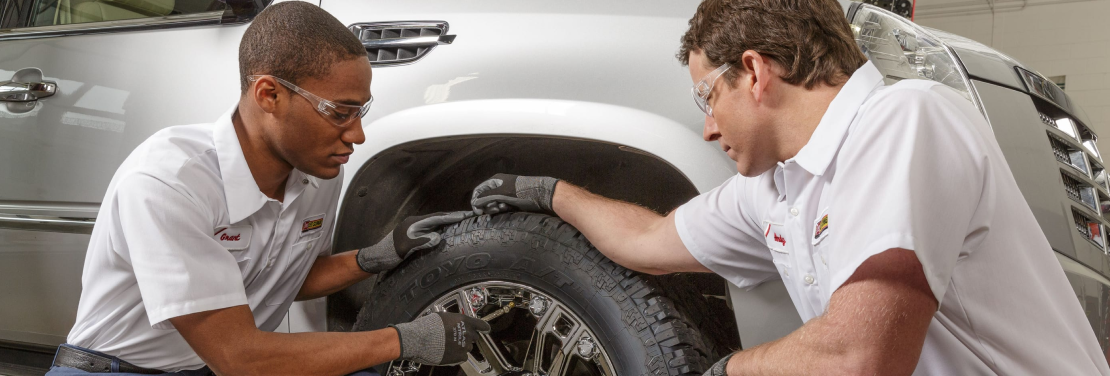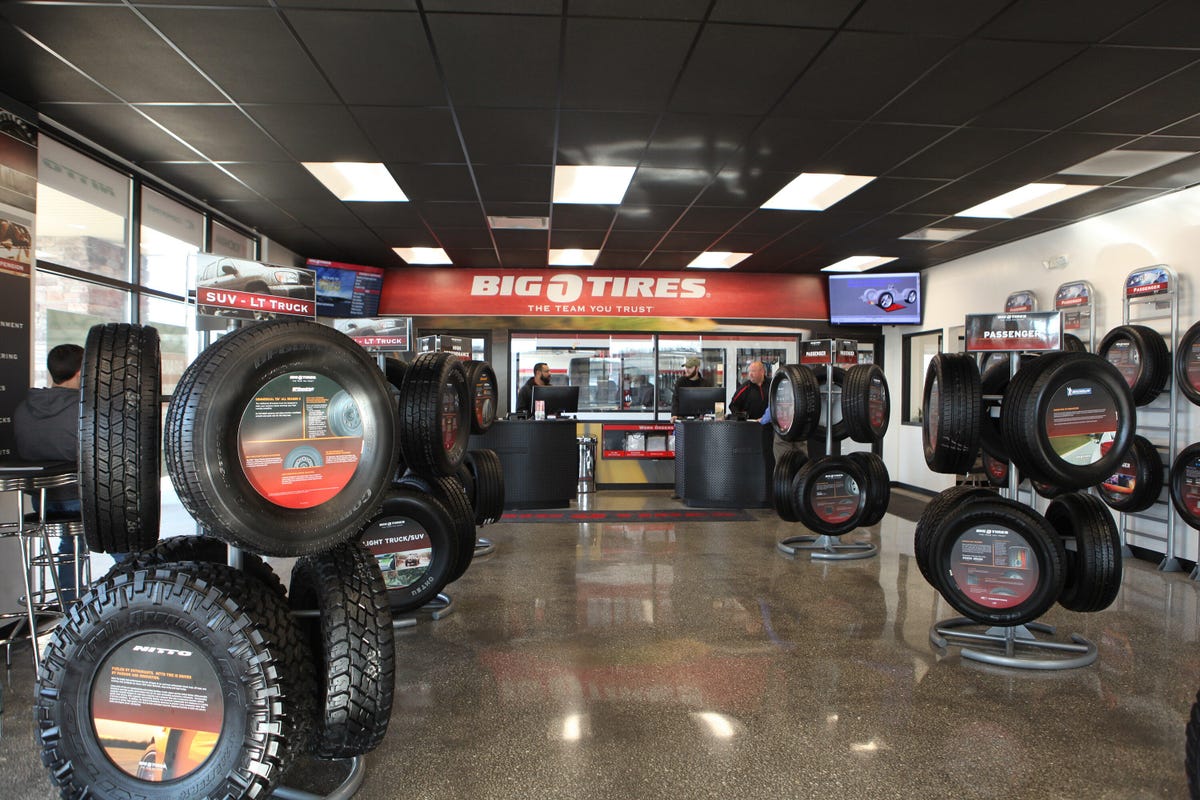Tire Service: Understanding Tire Pressure Surveillance Equipments
Recognizing Tire Stress Monitoring Solutions (TPMS) is a vital aspect of keeping optimum car efficiency and safety when traveling. With advancements in auto innovation, TPMS has actually come to be a common attribute in modern lorries, offering real-time info on tire stress degrees. Delving deeper right into the complexities of TPMS, one can reveal the numerous components that comprise this system and the importance of each in making certain accurate monitoring. From direct to indirect TPMS systems, the landscape of tire stress monitoring varies, each with its unique set of considerations and benefits. Keep tuned to untangle the complexities of TPMS, from maintenance tips to the obvious benefits of maintaining your tires correctly pumped up. tire shop morris.

Value of TPMS
The significance of Tire Stress Tracking Solutions (TPMS) depends on their ability to boost lorry safety and security and performance through real-time tracking of tire pressure degrees. Maintaining the proper tire stress is vital for guaranteeing optimum handling, stopping, and total safety and security of a vehicle. TPMS offers chauffeurs with instant responses on any kind of underinflated or overinflated tires, permitting timely adjustments to be made.
Components of TPMS
Making up numerous important components, a Tire Pressure Tracking System (TPMS) functions as an advanced safety feature in modern-day automobiles. The major components of a TPMS consist of sensors, a control component, and a caution sign. Sensing units are typically situated in the tire shutoff stem or affixed to the wheel setting up, where they determine tire stress and transfer information to the control module. The control component procedures this info and triggers a caution if it finds substantially reduced stress in any one of the tires. The warning indication, commonly a symbol on the dashboard, notifies the vehicle driver to inspect the afflicted tire or tires. Some progressed TPMS designs additionally present the actual tire stress readings for each tire, supplying vehicle drivers with real-time details to guarantee optimum tire efficiency and security. By monitoring tire stress continuously, TPMS assists prevent mishaps, decreases tire wear, and improves fuel effectiveness, making it a critical component for automobile safety and efficiency.
Sorts Of TPMS

On the various other hand, indirect TPMS depends on the vehicle's wheel speed sensing units to keep track of tire pressure. This system detects underinflation by contrasting the rotational rates of the wheels. Indirect TPMS is less costly than direct TPMS, as it utilizes existing sensing units within the automobile.
While direct TPMS uses extra exact analyses, indirect TPMS is simpler in layout and usually calls for less maintenance. Both systems have their benefits and limitations, and the selection between them frequently relies on here factors such as price, automobile make, and personal choice. Understanding the distinctions between these two sorts of TPMS can aid vehicle proprietors make notified decisions regarding tire maintenance and security.
TPMS Upkeep Tips
Reliable maintenance of TPMS is crucial for guaranteeing optimum efficiency and security of your car. Routinely checking the TPMS sensors for any kind of damages or corrosion is important. Make sure that the sensing units are totally free and clean from debris that can interfere with their performance. Additionally, it is advisable to inspect the sensor batteries periodically and change them as needed to guarantee accurate analyses. Conduct regular examine the tire stress degrees and contrast them with the TPMS analyses to guarantee they correspond. If there are any discrepancies, recalibrate the system adhering to the producer's guidelines. Additionally, throughout tire rotation or replacement, make certain that the TPMS parts are taken care of carefully to avoid any kind of prospective damage. If the TPMS warning light illuminates on the dashboard, address the issue immediately by inspecting the tire stress and the general system for any type of mistakes. By adhering to these maintenance suggestions, you can lengthen the life-span of your TPMS and improve the safety and security of your driving experience.
Advantages of Appropriate Tire Pressure
Keeping appropriate tire stress, as highlighted in TPMS Upkeep Tips, is vital for enjoying the numerous benefits connected with ideal tire stress levels. In addition, appropriate tire pressure ensures even tire wear, expanding the life-span of the tires and advertising safer driving problems. In final thought, the benefits of correct tire stress go past just tire long life; they encompass improved gas performance, improved safety, much better lorry performance, and total driving comfort.
Verdict
Finally, understanding tire stress surveillance systems (TPMS) is critical for preserving ideal tire pressure and ensuring automobile safety and security. By identifying the significance of TPMS, knowing with its elements, knowing the different kinds offered, sticking to appropriate upkeep suggestions, and understanding the advantages of preserving proper tire stress, drivers can improve their driving experience and lengthen the life expectancy of their tires. Appropriate tire pressure is vital to effective and secure automobile operation.

Comments on “Trust Fund Morris Tire and Alignment for Professional Service and Treatment”